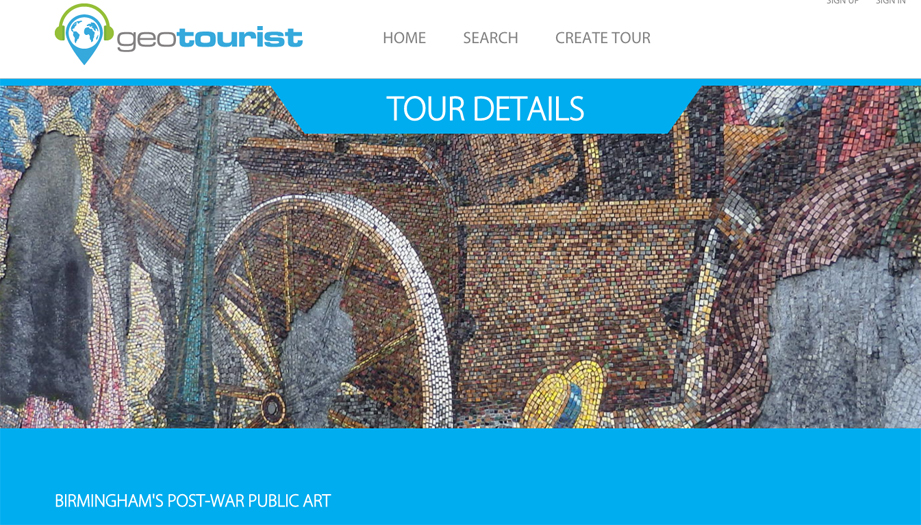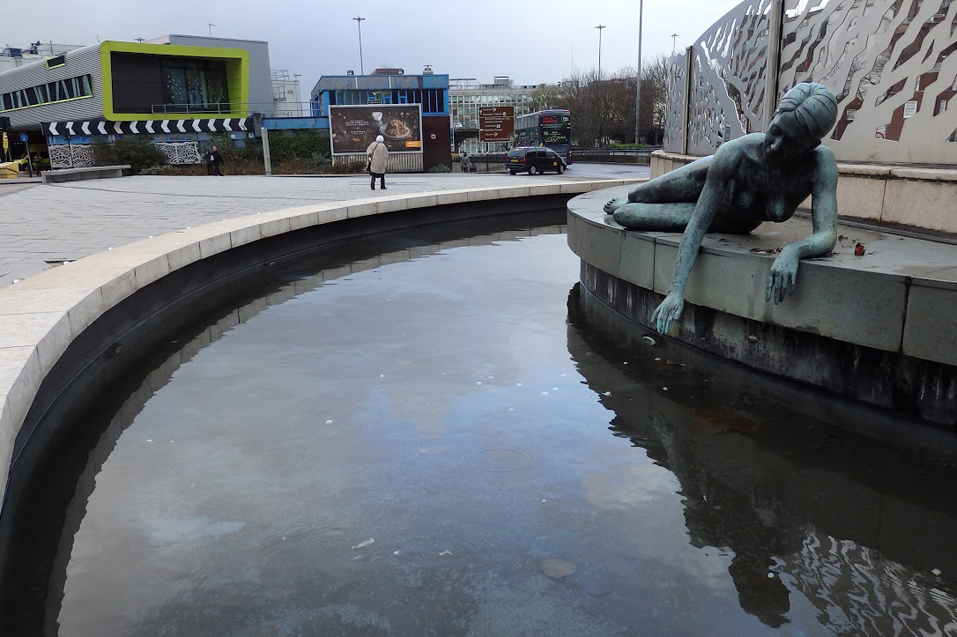An audio tour of post-war public art in Birmingham has been launched by Historic England.
The GPS-led guide is free on any smartphone through the Geotourist app and will take listeners on a tour to rediscover the city’s unburied treasures from the post-war years.
England has a fascinating yet widely forgotten collection of public art from the post-war period.
A Historic England spokesperson said: “After the Second World War art was used to bring our public spaces back to life as the country began to repair its shattered towns and cities.
“This art was created for everyone, to humanise and enrich our streets, housing estates, expanding universities and schools.
“Sadly, our post-war public art is often overlooked or under-valued and can fall victim to scrap metal thieves or vandals.
“Whilst researching this project we have discovered that Hebe on Birmingham’s Corporation Street, which features in the tour, has been vandalised: the large bronze bowl which the figure of the Greek goddess Hebe leans over has disappeared.

“Through this audio tour Historic England hopes to raise awareness of just how vulnerable public art can be and strengthen people’s sense of ownership of the art that was created for them.
“We want to make it harder for public art to be stolen, destroyed, or simply forgotten and left to the elements.”
The free tour will guide listeners to post-war artworks across Birmingham using only their smartphones. Listeners will discover the fascinating stories behind different pieces, some still cherished and others now forgotten.
Lasting around an hour, this audio tour will explore a number of public artworks in Birmingham including the beautiful but crumbling Horsefair mosaic on Holloway Circus Roundabout, made from tiny pieces of coloured Venetian glass, which depicts the city’s historic horse fair and William Pye’s evocative Peace Sculpture which commemorates 53 people who were killed on the night of 19 November 1940, when a German plane bombed an arms factory.
To listen to the Birmingham audio tour, go to: www.geotourist.com/tours/790
Article courtesy Historic England media





